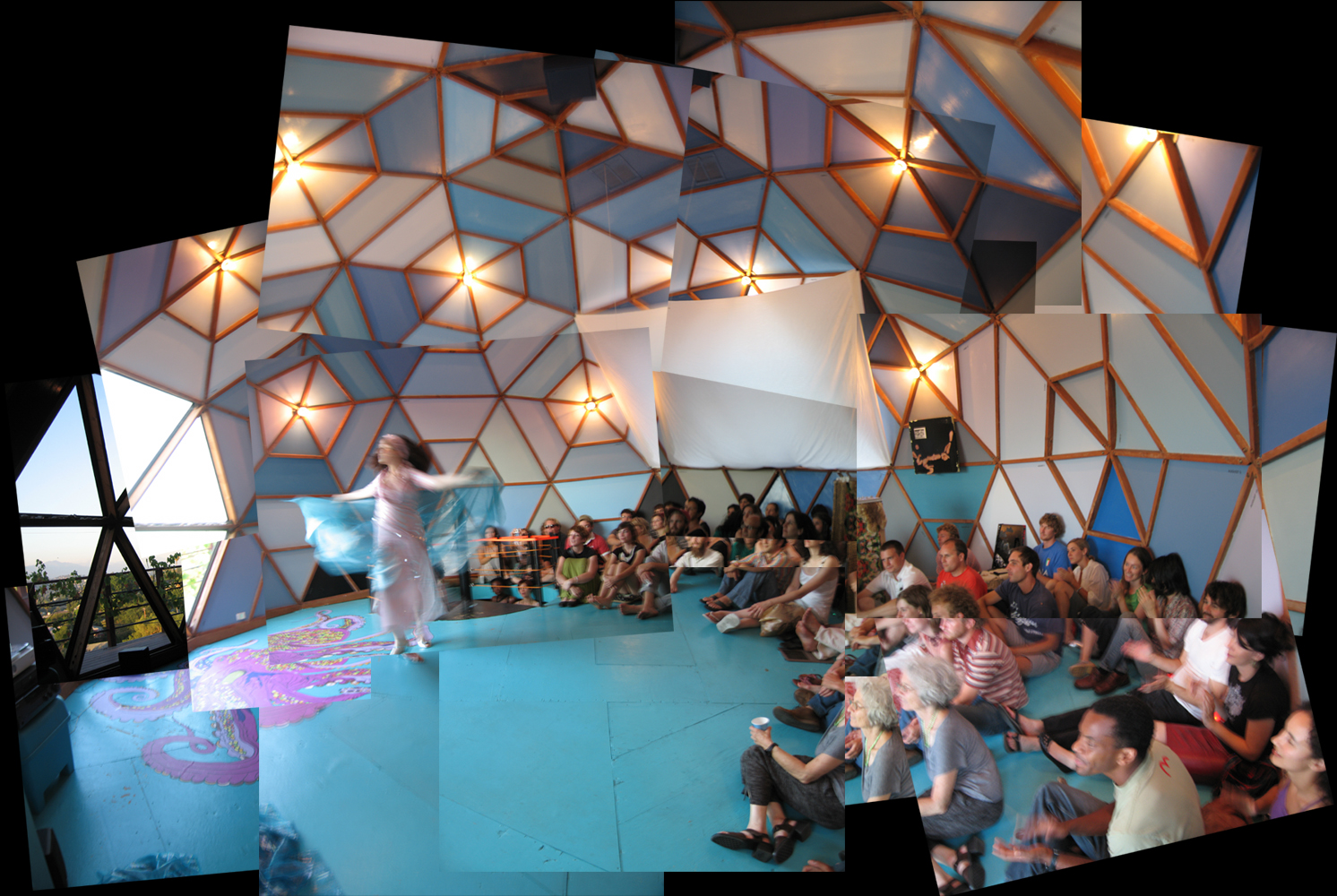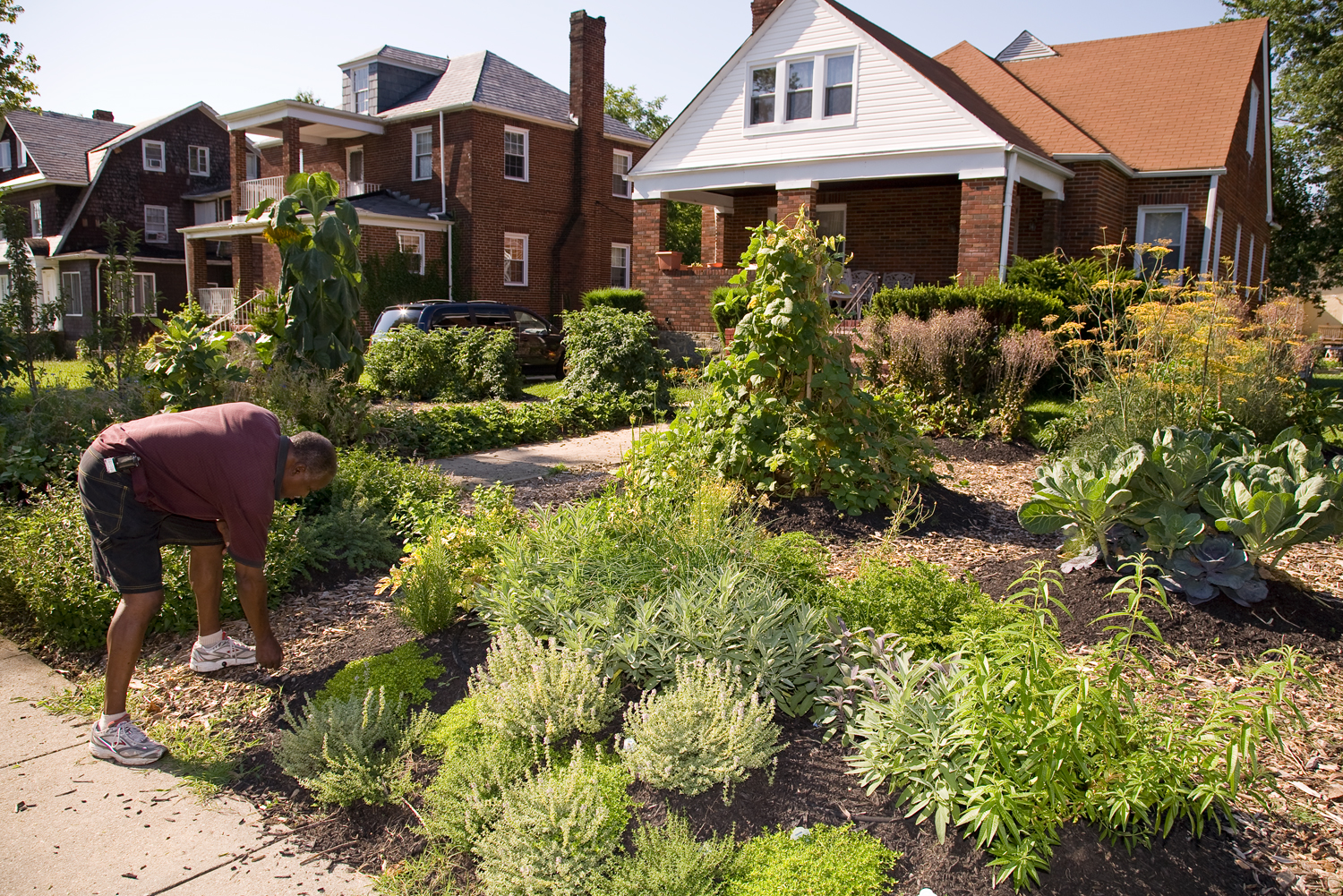2014 and on...
With its purchase by artist Fritz Haeg in 2014, Salmon Creek Farm evolves into a living art project shaped by many hands, building on the legacy of the original ‘70’s commune, but becoming something new, a sort of queered commune-farm-homestead-sanctuary-school hybrid:
“While producing an art installation in 2006 surveying ‘failed’ utopian projects of the 20th century, an early vision of this rural art project and communal living situation came to me. I was craving a life closer to the land and connected to a community of friends - artists, cooks, farmers, poets, cooks, gardeners, and writers. My early work started at my house in Los Angeles in the 2000’s, a geodesic dome on the east side of town where I hosted a series of salons that galvanized a community of artists. I’ve always been interested in bringing art into daily life, especially the home, and challenging the assumptions about where art lives - looking beyond commercial galleries and institutional spaces.
![]()
![]() Sundown Salon home, Los Angeles, 1999-2014
Sundown Salon home, Los Angeles, 1999-2014
While spending almost a decade on the road responding to global urban conditions - lecturing and producing a series of international art projects engaged with urban food production, native wildlife habitat, and the domestic arts — I was already anticipating a future chapter of my life and work where I would have the opposite. Instead of being itinerant and urban, I was craving to be settled and rural. I wanted to go back to my roots in architecture and consider the basics of shelter, what it means to live on a piece of land, to plant trees and watch them grow, hands in the dirt every day, with a community of people, considering the resources, what we take, and what we return. Those are the fundamentals of urbanity and civilization that are most fascinating, challenging, and urgent about living on the planet today.
![]()
![]() Edible Estates (#6 Baltimore), 2005-2013
Edible Estates (#6 Baltimore), 2005-2013
“While producing an art installation in 2006 surveying ‘failed’ utopian projects of the 20th century, an early vision of this rural art project and communal living situation came to me. I was craving a life closer to the land and connected to a community of friends - artists, cooks, farmers, poets, cooks, gardeners, and writers. My early work started at my house in Los Angeles in the 2000’s, a geodesic dome on the east side of town where I hosted a series of salons that galvanized a community of artists. I’ve always been interested in bringing art into daily life, especially the home, and challenging the assumptions about where art lives - looking beyond commercial galleries and institutional spaces.

While spending almost a decade on the road responding to global urban conditions - lecturing and producing a series of international art projects engaged with urban food production, native wildlife habitat, and the domestic arts — I was already anticipating a future chapter of my life and work where I would have the opposite. Instead of being itinerant and urban, I was craving to be settled and rural. I wanted to go back to my roots in architecture and consider the basics of shelter, what it means to live on a piece of land, to plant trees and watch them grow, hands in the dirt every day, with a community of people, considering the resources, what we take, and what we return. Those are the fundamentals of urbanity and civilization that are most fascinating, challenging, and urgent about living on the planet today.


The first years on the land were focused on the gradual process of stabilizing structures, replacing outhouses, establishing gardens, blazing trails, repairing plumbing, clearing brush, cleaning stovepipes, chopping wood, figuring out the water system, crafting railings, renovating cabins, installing windows, sewing pillows, terracing hillsides, digging garden beds, painting walls, hanging doors, cooking communal meals, sowing seeds, planting trees, pressing apples, harvesting vegetables, preserving fruits, weeding, composting, mulching, pruning, cleaning...and establishing a new Salmon Creek Farm community. I extended an invitation to my circle of artist friends - from California, across the country, and abroad - for first visits to see who might be interested in being involved. Students and curious young ‘seekers’ with a similar spirit to the original communards wrote letters and showed up too. Of those, some became regulars who in turn invited their friends.
![]()
![]() SCF opening RSVP workshops, with the Graham Foundation, November 2014
SCF opening RSVP workshops, with the Graham Foundation, November 2014
Without a staff, income, or outside funding, life at Salmon Creek Farm was inherently simple, modest, and resourceful. We were as self-reliant and connected as possible to the land and local community. Daily workings and operations were in collaboration with whoever happened to be around at the moment. We were gradually beginning to understand the place, how to work with what was here. The communes of the 70’s were comprised of fixed groups of full time residents, potentially leading to homogeneous and insular communities. I was interested in something more dynamic, with more of a flow.
New arrivals breathe life and new ideas into the place, while those departing take a piece of it back home with them. The precise nature of Salmon Creek Farm is ultimately determined by whoever happens to be together on the land at any given moment. Each person responding to what others before them have done and thinking about those who will come after them. It can be a place for exquisite solitude in the woods, but more importantly, it can be a place for intense engagement - what many come here craving. This steady flow of people coming and going, responding to the land and each other, creates ripples, that radiate out.”
- Fritz Haeg
Without a staff, income, or outside funding, life at Salmon Creek Farm was inherently simple, modest, and resourceful. We were as self-reliant and connected as possible to the land and local community. Daily workings and operations were in collaboration with whoever happened to be around at the moment. We were gradually beginning to understand the place, how to work with what was here. The communes of the 70’s were comprised of fixed groups of full time residents, potentially leading to homogeneous and insular communities. I was interested in something more dynamic, with more of a flow.
New arrivals breathe life and new ideas into the place, while those departing take a piece of it back home with them. The precise nature of Salmon Creek Farm is ultimately determined by whoever happens to be together on the land at any given moment. Each person responding to what others before them have done and thinking about those who will come after them. It can be a place for exquisite solitude in the woods, but more importantly, it can be a place for intense engagement - what many come here craving. This steady flow of people coming and going, responding to the land and each other, creates ripples, that radiate out.”
- Fritz Haeg